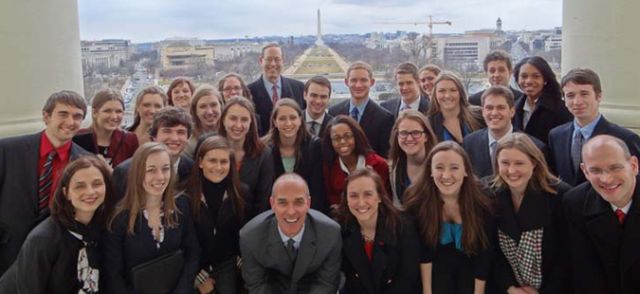Document Type
Article
Publication Date
Summer 2002
Publication Source
Issues in Political Economy
Abstract
Since the beginnings of the motion picture industry, with the one small Edison studio in New Jersey in the early 1900s, America has fallen in love with films. One could argue and debate the reasons, employing everything from sociology to psychology to economics; but one thing is certain: This love affair has changed over the years. This change is perhaps most evident in the decline in the percentage of the United States population that goes to the cinema weekly. One interesting aspect of cinema attendance is that during the Great Depression, which swept the United States in the 1930s, a higher percentage of the population went to the cinema each week than during the times of economic expansion and great prosperity since. What has brought about such a change in Americans' sentiments about going to the cinema that is reflected in such a decline in cinema attendance?
Inclusive pages
54-65
Document Version
Published Version
Volume
11
eCommons Citation
Pautz, Michelle C., "The Decline in Average Weekly Cinema Attendance, 1930-2000" (2002). Political Science Faculty Publications. 25.
https://ecommons.udayton.edu/pol_fac_pub/25
Included in
American Politics Commons, Film and Media Studies Commons, Models and Methods Commons, Political Theory Commons, Public Affairs, Public Policy and Public Administration Commons




Comments
Published when author was a student at Elon University; research was explicitly cited in The New York Times: “In downturn, Americans flock to the movies.” Michael Cieply and Brooks Barnes, 1 March 2009, A1.